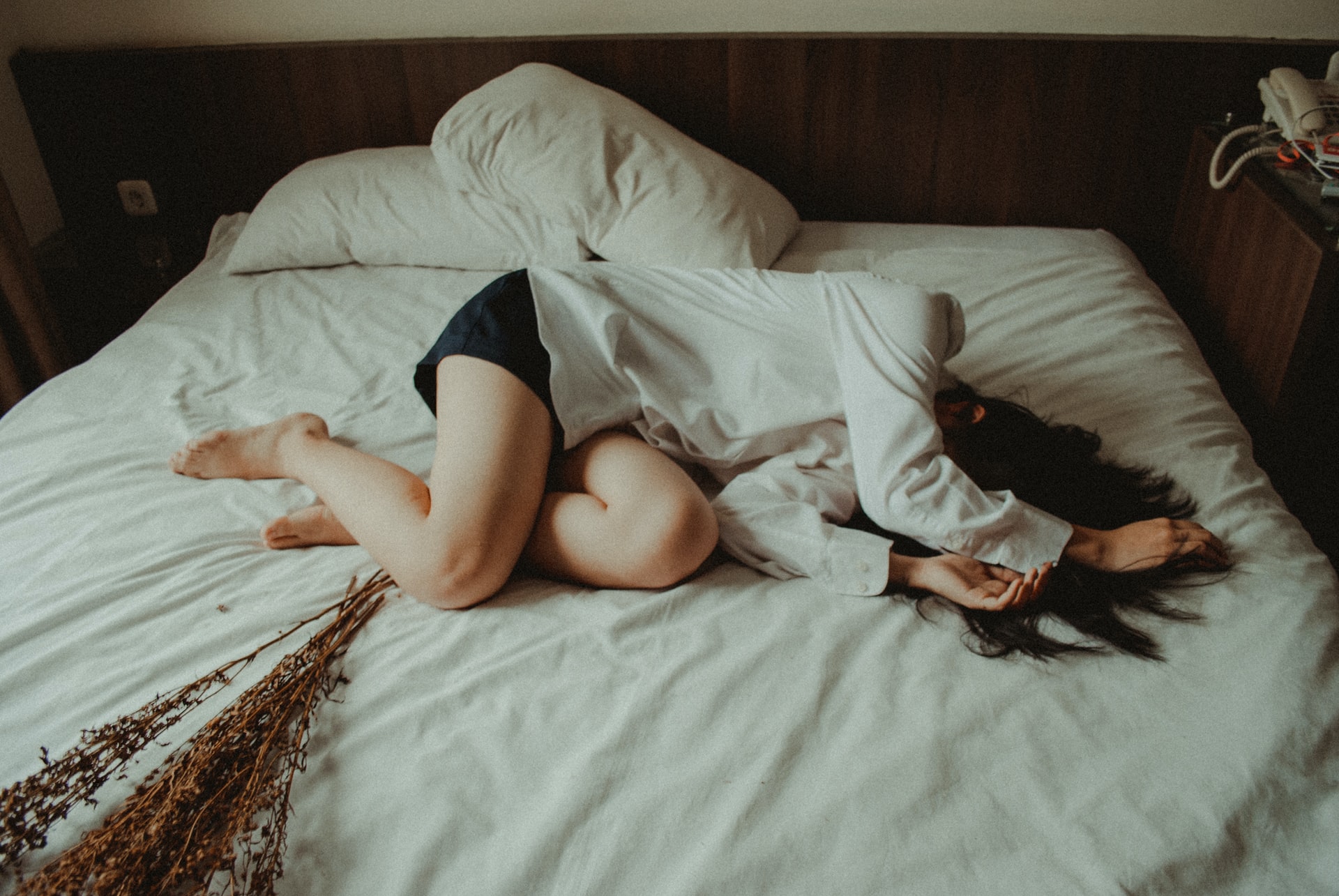
In France, one woman in three is affected by what is known as female urinary incontinence. Much more than a simple embarrassment, it is a disorder that causes great suffering because of its impact on quality of life and social exclusion.
What is female urinary incontinence?
If incontinence has long remained a taboo, the word is gradually getting out and people who suffer from it can find effective solutions. So what is female urinary incontinence? How does it manifest itself and what solutions are available? We explain it all below.
Do I have female urinary incontinence?
A woman is considered to have urinary incontinence when she loses urine involuntarily, either during the day or at night. To better understand this phenomenon, we need to look at the role of the renal system, which is to filter the blood and collect waste products and lipids that are not assimilated by the body.
These wastes are then sent to the bladder in the form of urine. Once in the bladder, the urine is retained by what is called the bladder muscle and the urinary sphincter. It is these muscles, when contracted, that allow you to hold back, and allow you to urinate when they are relaxed.
When the tone of these muscles is altered and/or the bladder can no longer hold urine in particular situations, such as laughing, coughing or walking, it is called urinary incontinence.
Who to talk to and what to do
Women who suffer from urinary incontinence can talk to their doctor or gynecologist. Specific tests will then be performed, such as a gynecological exam or cystoscopy.
For women who suffer from urinary incontinence after childbirth, rehabilitation of the perineum, which lasts about three months, is then strongly recommended. The objective is to re-tone these muscles that have been severely strained after childbirth.
And if the re-education does not work
In certain situations, it is possible that the rehabilitation sessions are not sufficient to put an end to bladder weakness. This is particularly the case when the bladder is overactive or in the elderly: an intervention called neuromodulation is then recommended.
This procedure consists of stimulating the sacral nerve with an electrical impulse to restore the bladder’s proper functioning.





